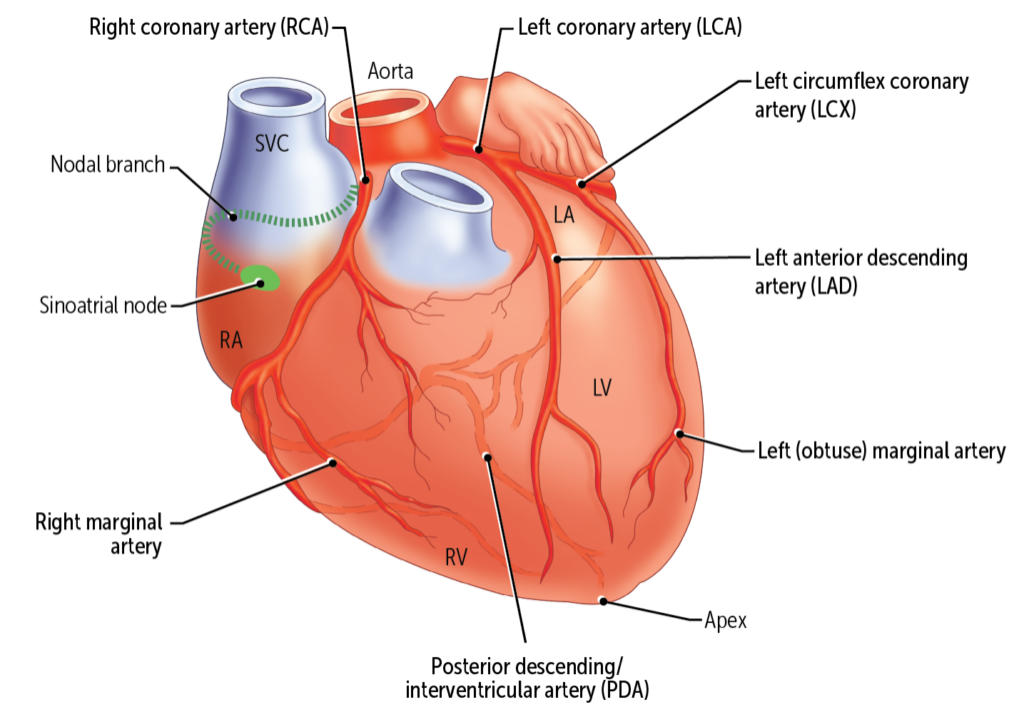Antibiotics work by halting essential cellular processes to kill bacteria. Broken down into its roots, the word antibiotic is interpreted as “opposing life.” This trait can be beneficial against such living things as pathogenic bacteria, which endanger us. Like our own cells, bacteria synthesize protein using ribosomes, which are located in the cytoplasm. Prokaryotes have 70S ribosomes. Additionally, ribosomes comprise two subunits, one small and one large. In prokaryotes, the small subunit is 30S, while the large is 50S. Ribosomes also contain the A, P, and E sites, where individual amino acids are loaded and bonded.
Protein synthesis inhibitor (PSI) antibiotics can interact with the A, P, and E sites or other parts of the ribosome to inhibit or kill bacteria (Figure 1). PSIs can be divided into two classes based on which subunit they target, so there are 30S and 50S ribosome-inhibiting antibiotics (30S RIAs and 50S RIAs).
After listening to this AudioBrick, you should be able to:
- Describe the two classes of protein synthesis inhibitors based on the ribosomal targets and chemical (parent) structures and source.
- Describe the mechanism of action and targets of 30S and 50S ribosome-inhibiting antibiotics (RIAs).
- Describe the major mechanisms of resistance of bacteria against 30S RIAs and 50S RIAs; explain why erythromycin resistance may render cross-resistance to other drugs in this class.
- Explain why aminoglycosides are potently bactericidal in nature, but the tetracyclines and the 50S RIAs are mostly bacteriostatic in actions.
- Describe the clinical uses for protein synthesis inhibitors and list common adverse reactions.
If you haven’t subscribed to the Rx Bricks Podcast, we suggest you do it today! It’s free.
Head to the homepage for the Rx Bricks Podcast to hear the full episode and subscribe so that you’re notified when the next one drops.




